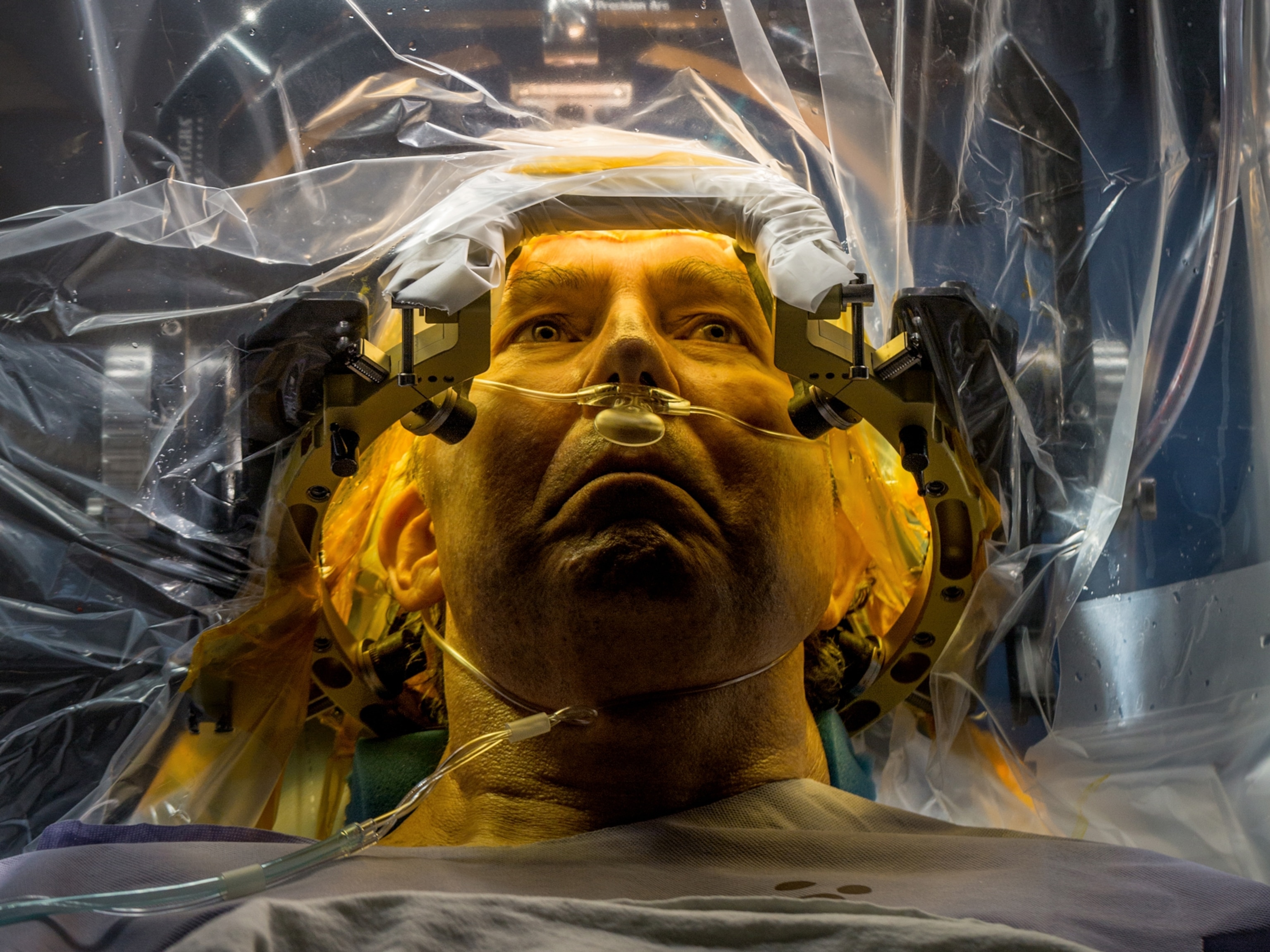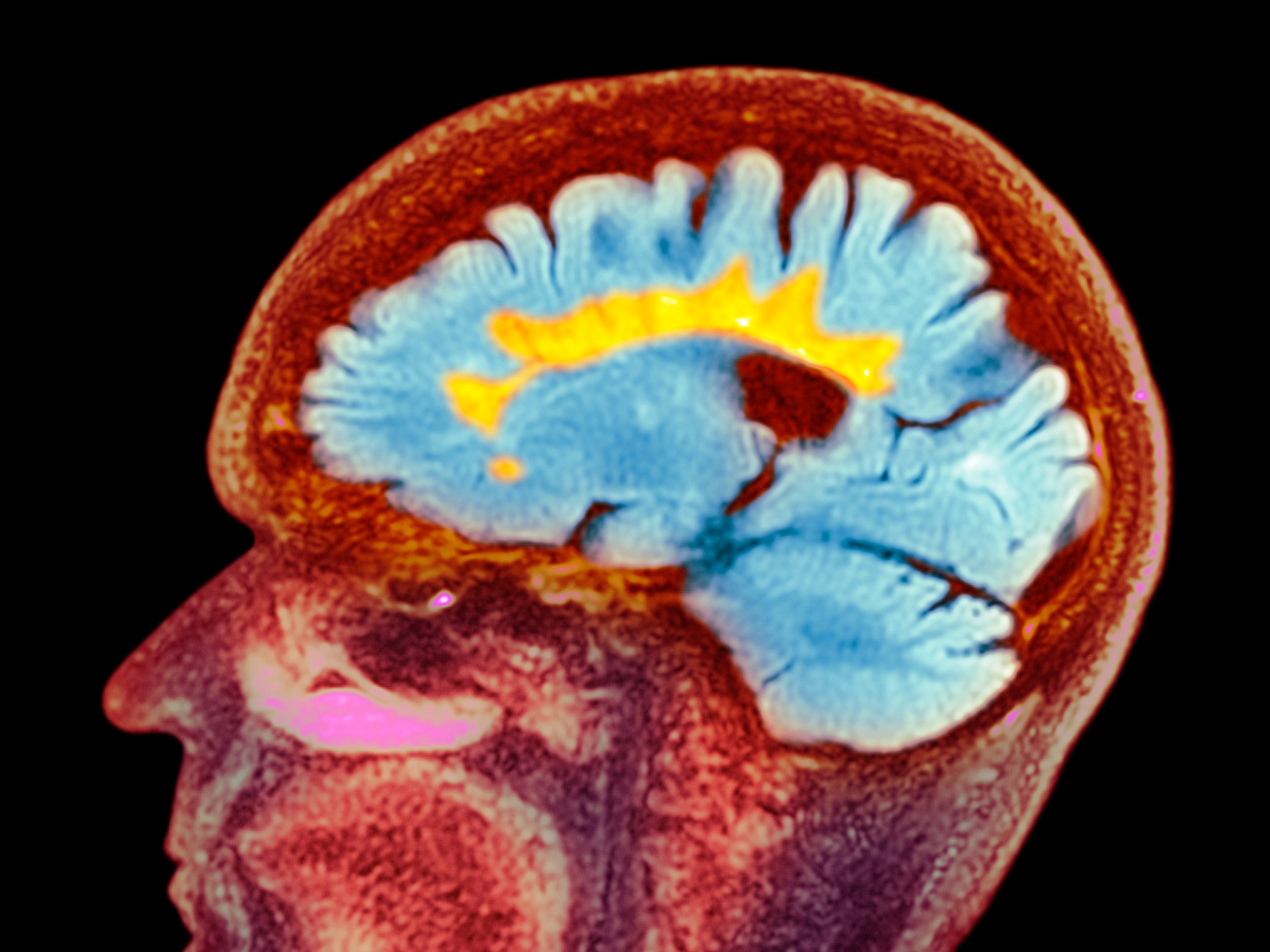Amazing Maze: What Science Says About Solving Labyrinths
From myth to movies, mazes are a cultural icon and a powerful tool for studying the brain.
From the twists and turns of the labyrinth in the Greek myth of Theseus and the Minotaur, to the treacherous network of hedges in Stanley Kubrick's The Shining, mazes have an unmistakable and mysterious allure.
But mazes—a complex network of passages through which one has to find a way—have a life beyond the plot lines of ancient myth. They exist in scientific laboratories and even, it can be said, in the form of our route home from work.
We asked James Olds, a neuroscientist and director of the Krasnow Institute for Advanced Study at George Mason University in Fairfax, Virginia, to shed some light on the science of solving mazes.
As a neuroscientist, how do you define a maze?
A maze is something that other humans have created that acts as a challenge to one of our most important skills: the ability to create an ecocentric cognitive map of our environment and to navigate through that cognitive map.
Both your parents were also neuroscientists. Did this shape your own interest in the brain?
It's "the family business." My father was very interested in learning and memory, and dinner table conversations were very important in shaping my own interests. I was especially struck at a very young age—four years old and looking through a microscope—at how beautiful the [brain's] hippocampus was. My parents had a high-end research microscope in the house, and there were always [brain] tissue slides around. It was only much later in life that I learned that the hippocampus is this structure that made it possible for us humans to navigate through mazes.
So you were fascinated by the hippocampus, which is critical to maze-solving. Tell us more. To begin with, where is it located?
The hippocampus is located on the medial surface [toward the midline] of the brain. It's a deep structure, so it's not on the crinkly surface that we're familiar with—the cerebral cortex. It's actually just inside the cerebral cortex. The hippocampus is an older part of the brain, that is, from an evolutionary standpoint. It plays this quite specific role in allowing us to make sense of our environment and to place different landmarks in their place.
Mazes have been used in scientific research for years, primarily in studies with rodents. How are they used, and what about their use in human research?
So, let's start with mice. The most famous kind of maze for mice these days, especially in dealing with the hippocampus, is called the Morris water maze. It's basically a round swimming pool filled with water, with a hidden platform that allows the animal to escape. When a rodent engages its hippocampus, it actually switches from a sort of random strategy of looking at the hidden platform to swimming directly to the hidden platform no matter where it was put into the swimming pool.
But what about the human maze? These days, we like to [study brains] in brain scanners. So we have to use virtual-reality goggles and we can create an entire town, like the city of London, for example, using [these] goggles. The human subject is in a functional MRI scanner, and they can navigate themselves around the city of London. [The subject] is being asked to [figure] out where "I" am in an ambiguous spatial environment, which represents the formalization of a kind of learning that we humans use every day.
What kind of mazes exist outside of the laboratory, in everyday life?
If you think about the environment we find ourselves in every day, the work environment or home environment, and the environment between those two places, unless they are the same, that represents a maze that's changing every single day. It's quite a complicated maze, if you think about it.
I'm 15 miles from my house right now, and I've got a very busy urban area that I have to navigate home. It's potentially different every day. If you're not trained on that maze, it's very difficult for you—even if you have signs saying "This way to Washington, D.C." and "That way to Alexandria [Virginia]"—to actually make those driving decisions required in order to get to your destination. On the other hand, if you've lived in Washington for 25 years, you don't even have to think about it.
What strategies do humans use to solve mazes?
Humans can solve a maze using a number of strategies. One such strategy is to take note of environmental cues [such as the position of the stars at night]. Another strategy is to use a salient cue [like a big red ball hanging directly over a goal box] or, for certain mazes, a very simple strategy such as only taking right-hand turns works.
This interview has been edited and condensed.





